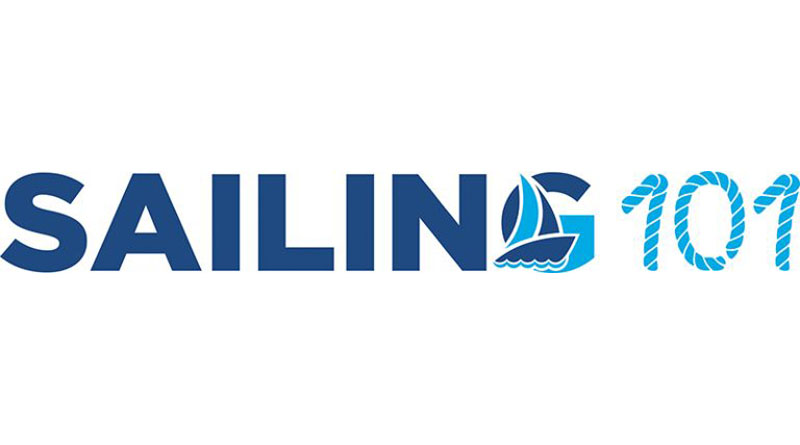Sailing 101: Protect your Propeller
Ahoy sailors, this lesson will expand on boat maintenance as it becomes extra important during the off-season. Stay tuned for your next lesson when we discuss how to read a nautical chart.
Like most boat or outboard mechanical parts, a propeller won’t last forever, but with the help of a bit of prop maintenance and care, you can extend its lifespan.
Caring for a boat’s propeller largely comes down to being cautious when operating your boat, and of course, a bit of TLC can save you money from having to replace parts frequently. So here is some advice to lengthen the life of your boat or outboard engine’s propeller.
Avoid Contact with Bottom Surfaces
One of the most common ways propellers get damaged is from scraping the bottom or running aground. But it’s a simple fix; buy a depth finder. A depth finder is an important boat accessory for avoiding contact with bottom surfaces. Depth finders tell you precisely how shallow the water is below you and can alert you to underwater obstacles such as sandbars or rocks. In addition, a depth finder pays for itself when considering how much money it could save you in prop repairs and replacements.
Clean and Lube the Propeller
If the propeller is not regularly maintained and has calcareous deposits, it can lead to lost thrust, shaft damage, and diminished fuel efficiency. Therefore, it’s essential to continually wash your boat’s propeller(s) with water and a mild detergent solution to remove any salt, oil, or grease after each ride. Once the propeller is clean, wipe the blades with a water-repelling lubricant such as CRC 6-56 to shield them against corrosion.
Inspect Propellers for Corrosion and Minor Wear
Your boat or outboard’s propeller blades constantly encounter rough surfaces and minerals that wear them down in the water. As a result, even the most insignificant scuffs can develop into major cracks. Therefore, you should regularly inspect your boat’s propellers for minor wear and tear, such as scrapes and dents. If you find any cuts or abrasions on a blade’s face, use fine-grit wet and dry sandpaper to remove them. In addition, you can smooth out scratches on the edges of propeller blades with a mill file.
Just in Case, Carry a Spare
A spare propeller is just like a spare tire, an alternate you can use in case of an emergency. For example, if your propeller is too severely damaged to get you home, replacing the prop is an alternative to getting towed back to shore. Many boaters suggest you buy a used propeller of the correct size to carry as a spare. That way, you have a backup that didn’t cost too much and has enough life to get the job done until you can replace your propeller. For example, you can use an affordable aluminum prop as the backup to a stainless propeller. You’ll also need a propeller wrench to remove the prop nut and should carry a spare nut, thrust washer, and any other hardware required to replace your propeller, just in case you drop a part into the water. It’s helpful to practice changing the propeller in the marina or with the boat on a trailer so you know the routine. Changing a propeller at sea can be tricky, especially if the water is rough. If that’s the circumstance, it may be safer to call for a tow.


